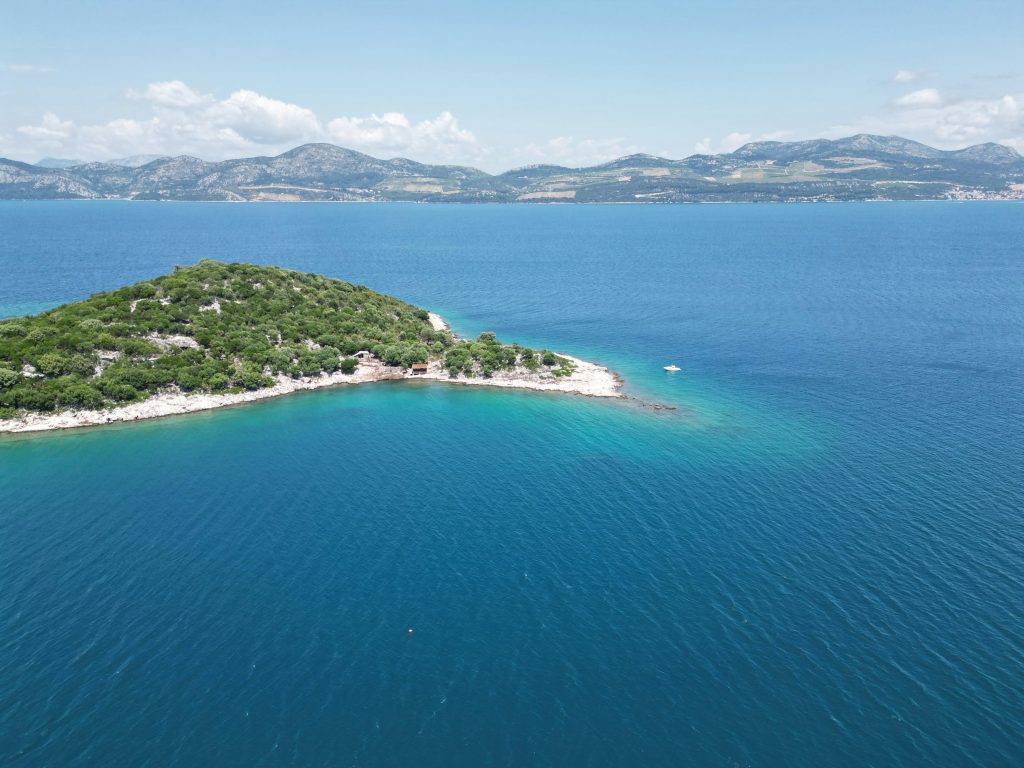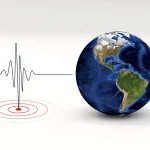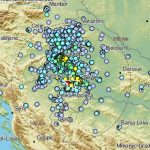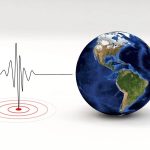August the 17th, 2024 – There were multiple Pelješac tremors, 15 of them to be precise, in one single day. One seismologist says something has been activated deep underground, but isn’t sure what.
What we do know is that the general area between Slano and Ston is extremely active in the seismological sense.
As Morski writes, on the 15th of this month, more than ten smaller-scale earthquakes were recorded in the area of the Pelješac peninsula alone. The largest of these Pelješac tremors had a magnitude of 3.5 according to the Richter scale.
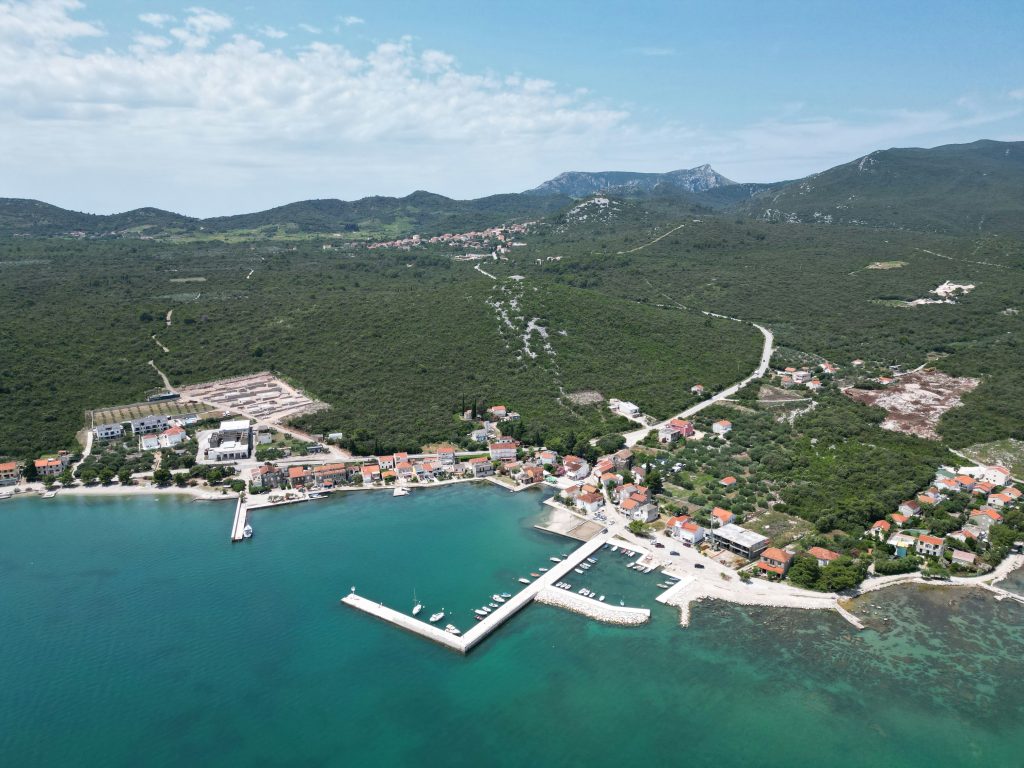
Croatian seismologist Tomislav Fiket commented on the series of Pelješac tremors for N1.
“Earthquakes can happen in series and that’s really nothing new. We had a similar situation on the island of Krk a year ago and there’s no reason to worry, this phenomenon is common. We published that there were five Pelješac tremors, but there were actually about fifteen in one day. It’s a bit inconvenient because we had five above magnitude three. We published them, but we didn’t publish the others, although in theory people could feel them. This is also common, especially when several smaller ones occur over a short period of time. Of course, it isn’t possible to say whether this means something bigger is brewing or what is specifically happening in deep down inside the Earth in the area,” he explained.
Fiket added that something is obviously occurring deep down below which is resulting in these very frequent Pelješac tremors, but that isn’t possible to say exactly what that is yet.
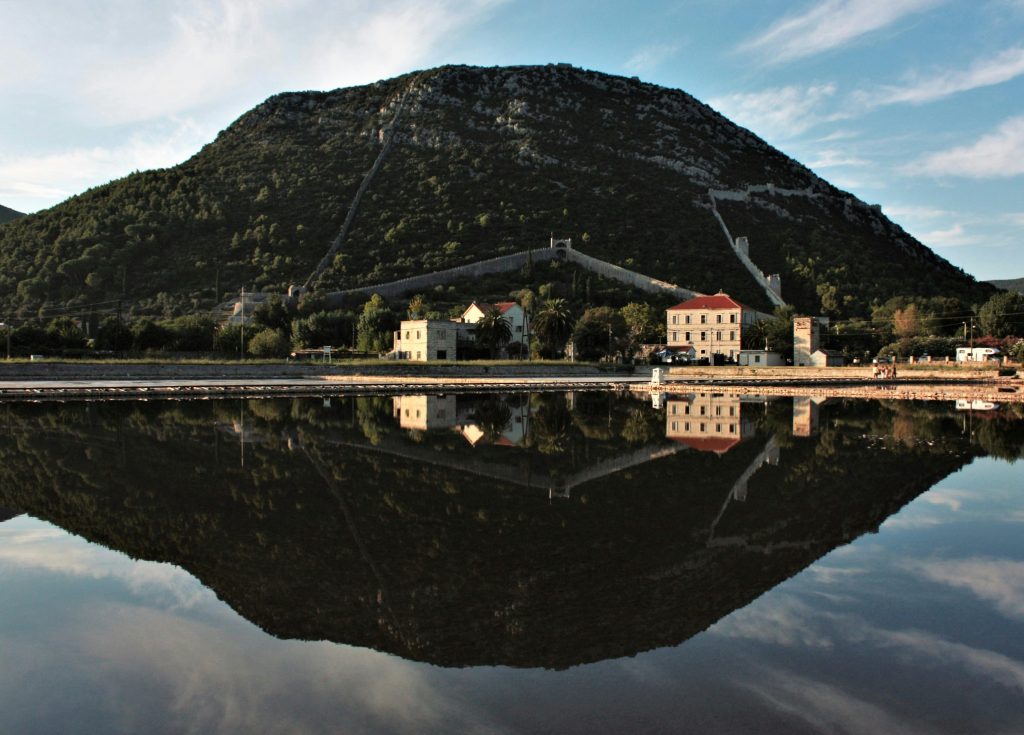
“Science simply hasn’t advanced enough yet to provide answers to questions like that. You still can’t see what’s going on more than 15 or 20 kilometres below the Earth’s surface. That’s why we still can’t predict when an earthquake might occur or what its intensity will be. The Japanese are a little better in this regard, and they can roughly predict strong earthquakes of magnitude eight or more, but even they don’t know when and exactly where they might occur.
Tension is released and the plates deep in the interior shift, causing the rock to crack. What’s been going on in Pelješac is a classic example of a tectonic earthquake. Obviously something has been activated deep down below. Even though Croatia is located in a seismic area, the fault lines are smaller, so the earthquakes are weaker. For example, in Japan, more energy is released and the earthquakes are more intense. With them, we’re talking about several hundreds of kilometres,” the seismologist explained.
Over in Japan, they’re much more used to earthquakes and their infrastructure is built in accordance with such a risky area.
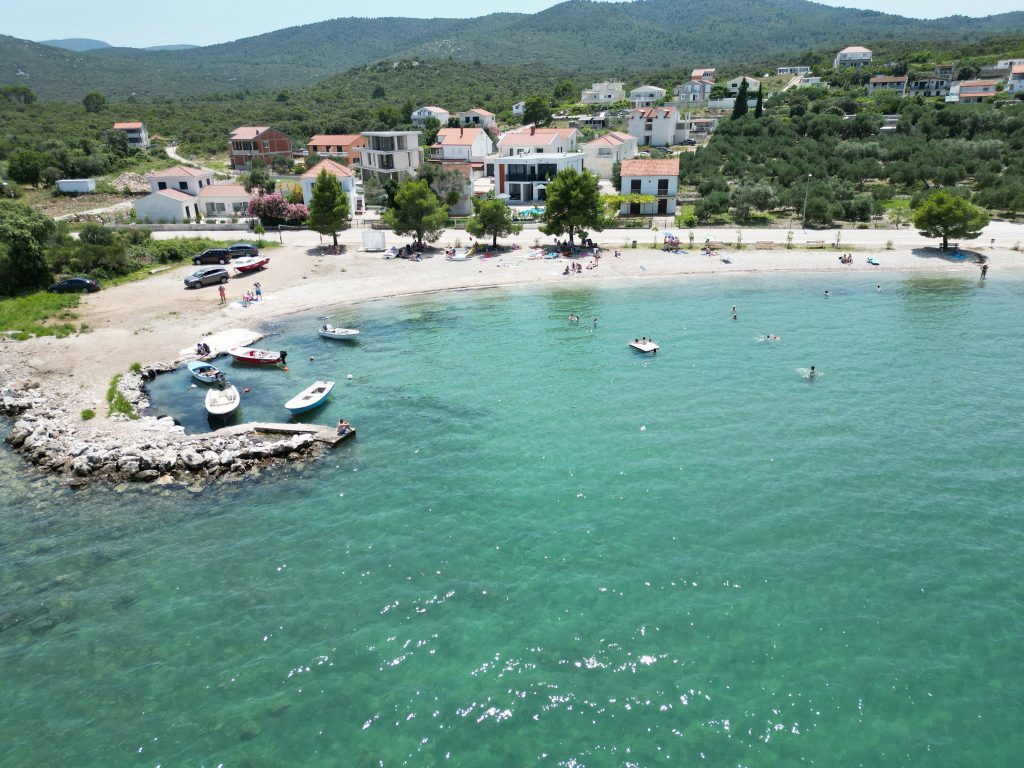
“Is isn’t anywhere near as much of an alarming situation for them, even when there’s an earthquake of magnitude seven on the Richter scale. However, in Croatia, due to the historical structure, even smaller ones are dangerous. In this country, according to all measurements and research, an earthquake of up to 6.5 on the Richter scale is possible,” he added.
The earthquake which occurred in Zagreb back on March the 22nd, 2020 had a magnitude of 5.5 on the Richter scale, and the one in Petrinja on December the 29th of the same year had a magnitude of 6.2. Since modern measurements have been being taken, the biggest earthquake to occur in Croatia shook Sinj back in 1898 and was 6.7, but the measurements at that time were not as precise as today’s are.

